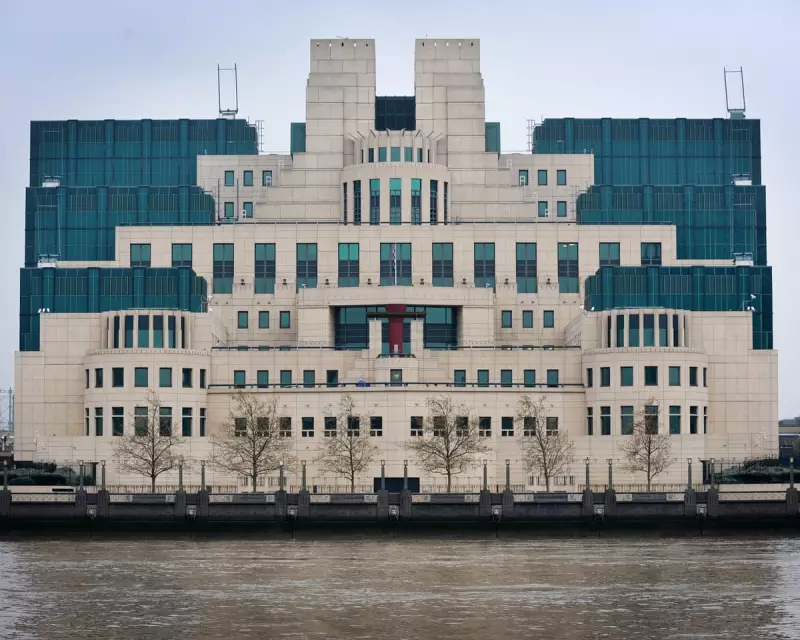
The architectural world mourns the loss of one of Britain's most visionary designers, Sir Terry Farrell, who has died at the age of 88. The celebrated architect, whose iconic creations permanently transformed London's cityscape, passed away leaving behind a legacy that continues to shape how we experience urban spaces.
The Master Planner Who Redefined London
Farrell's career spanned over five decades, during which he became synonymous with some of London's most recognisable structures. His genius lay in blending bold, contemporary design with thoughtful integration into the existing urban fabric. The secret headquarters of the MI6 at Vauxhall Cross stands as perhaps his most famous work - a dramatic, ziggurat-like building that has become an international symbol of British intelligence.
Equally significant is the Charing Cross development, where Farrell transformed a railway station into a vibrant mixed-use complex that seamlessly connects transportation, commerce, and public space. His approach demonstrated that infrastructure could be both functional and architecturally inspiring.
From Humble Beginnings to Knighthood
Born in 1938 to a working-class family, Farrell's journey to architectural stardom was anything but predetermined. His early fascination with cities and buildings propelled him through education and into a career that would see him knighted in 2001 for services to architecture and urban design.
What set Farrell apart was his holistic understanding of urban environments. He wasn't just designing buildings; he was crafting experiences and shaping how people move through and interact with cities. His philosophy emphasised context, believing that new developments should enhance rather than dominate their surroundings.
A Legacy Beyond London
While London contains his most famous works, Farrell's influence extended across the UK and internationally. His practice undertook major projects from Edinburgh to Seoul, always maintaining his signature approach of creating architecture that serves both practical needs and elevates the human spirit.
Later in his career, Farrell became increasingly focused on strategic planning and regeneration, advising on major developments and championing the importance of quality design in public projects. His voice remained influential in debates about how British cities should evolve.
The Enduring Impact
Sir Terry Farrell's passing marks the end of an era in British architecture, but his buildings ensure his vision will endure. From the dramatic silhouette of the MI6 Building to the clever integration of Embankment Place, his work continues to demonstrate how bold architecture can coexist with, and enhance, historic cityscapes.
His legacy lives on not just in concrete and glass, but in the countless architects and planners he inspired to think more creatively about how we build our cities. As London and other British cities continue to evolve, Farrell's principles of contextual, human-centred design remain more relevant than ever.





